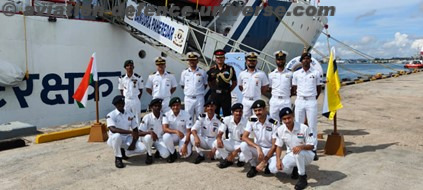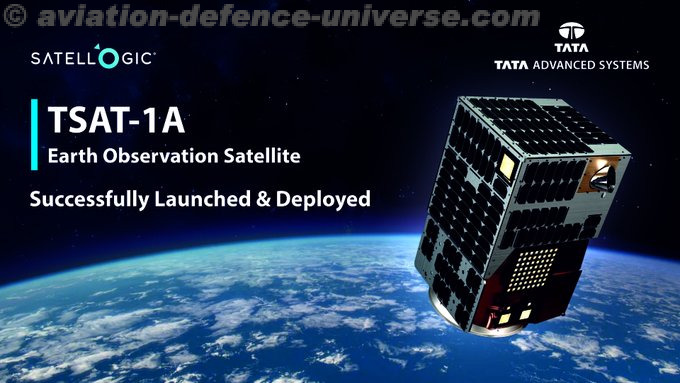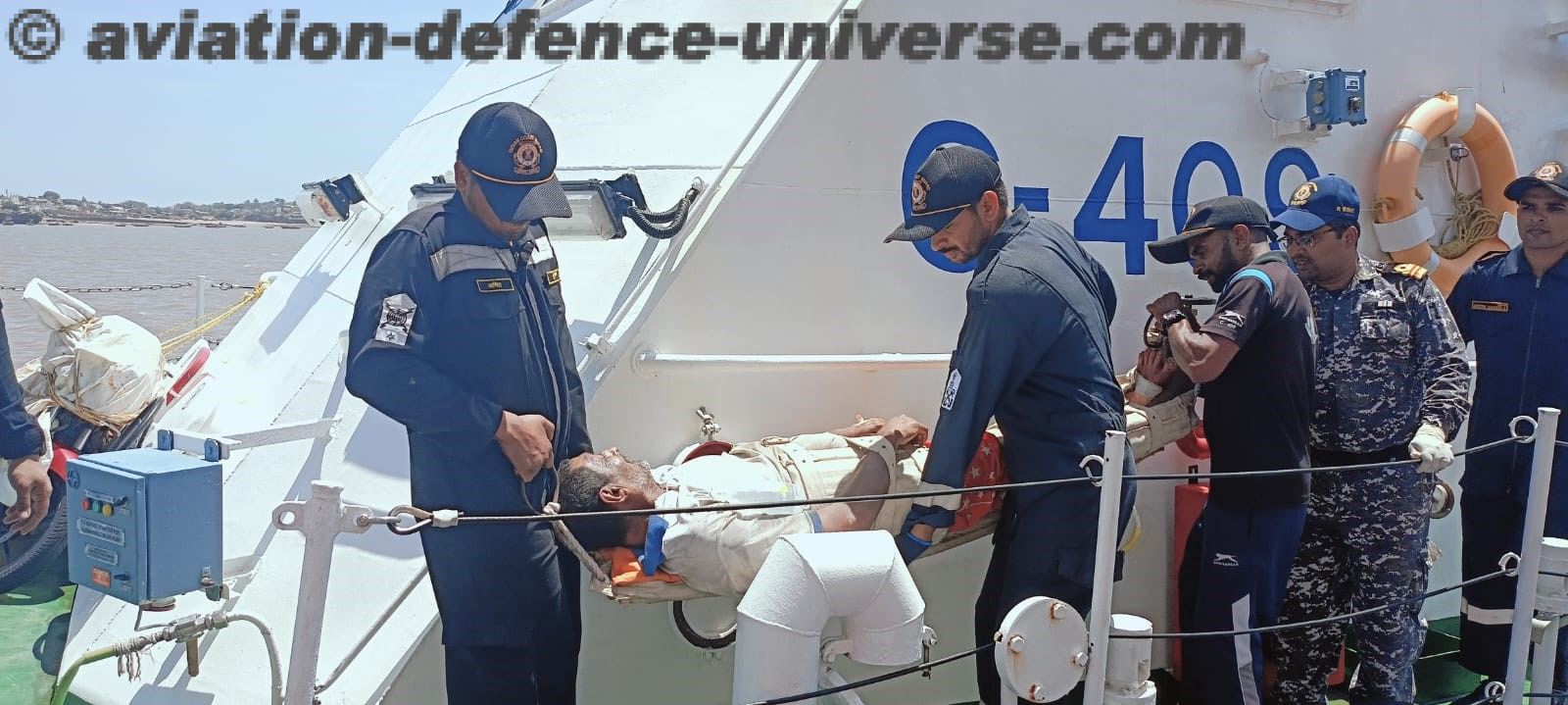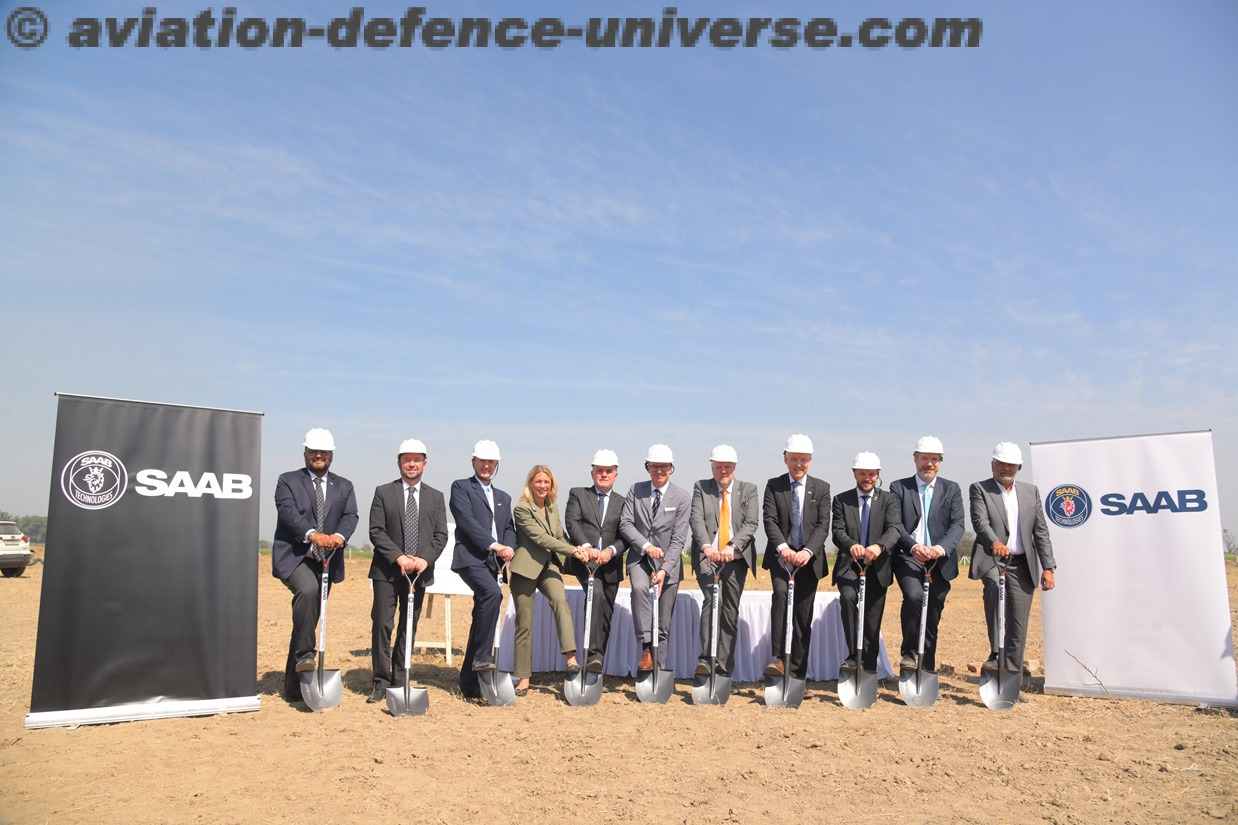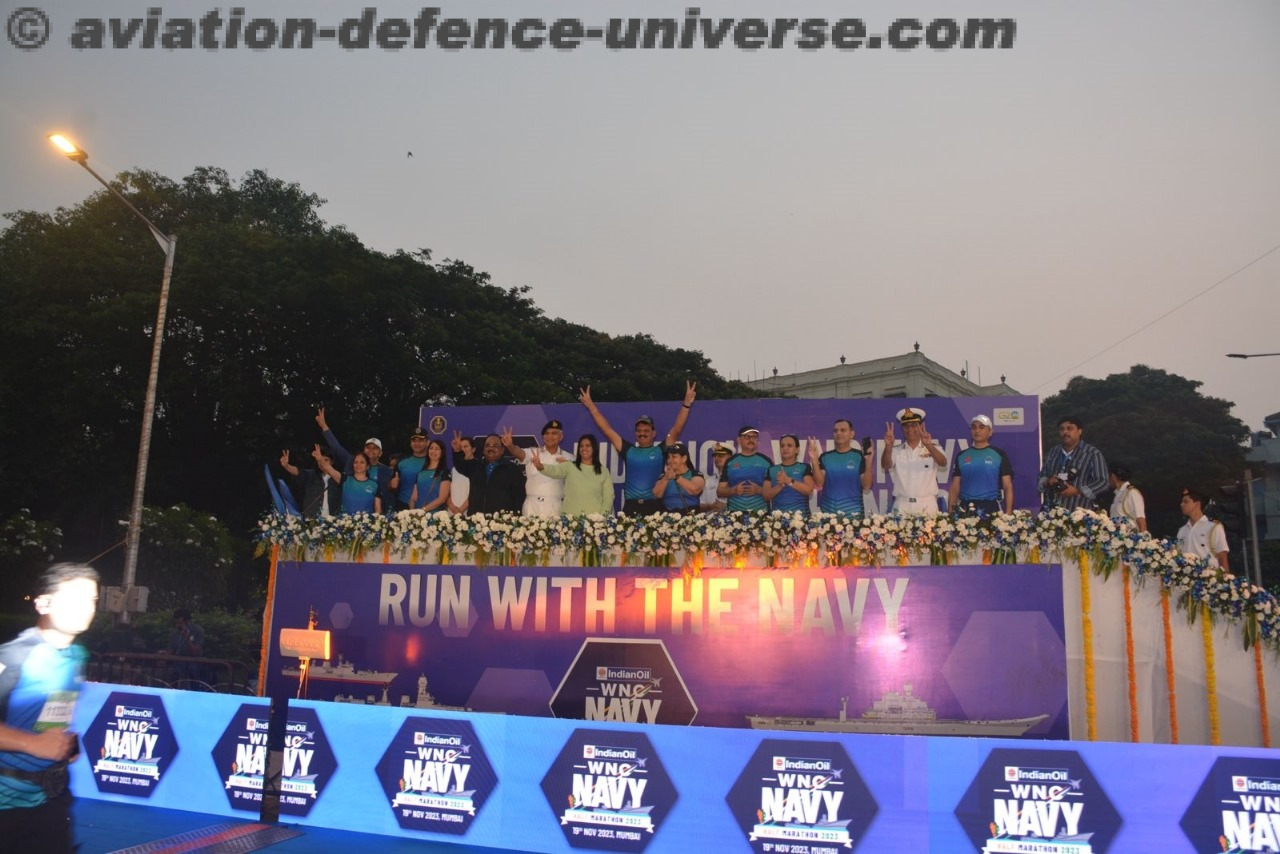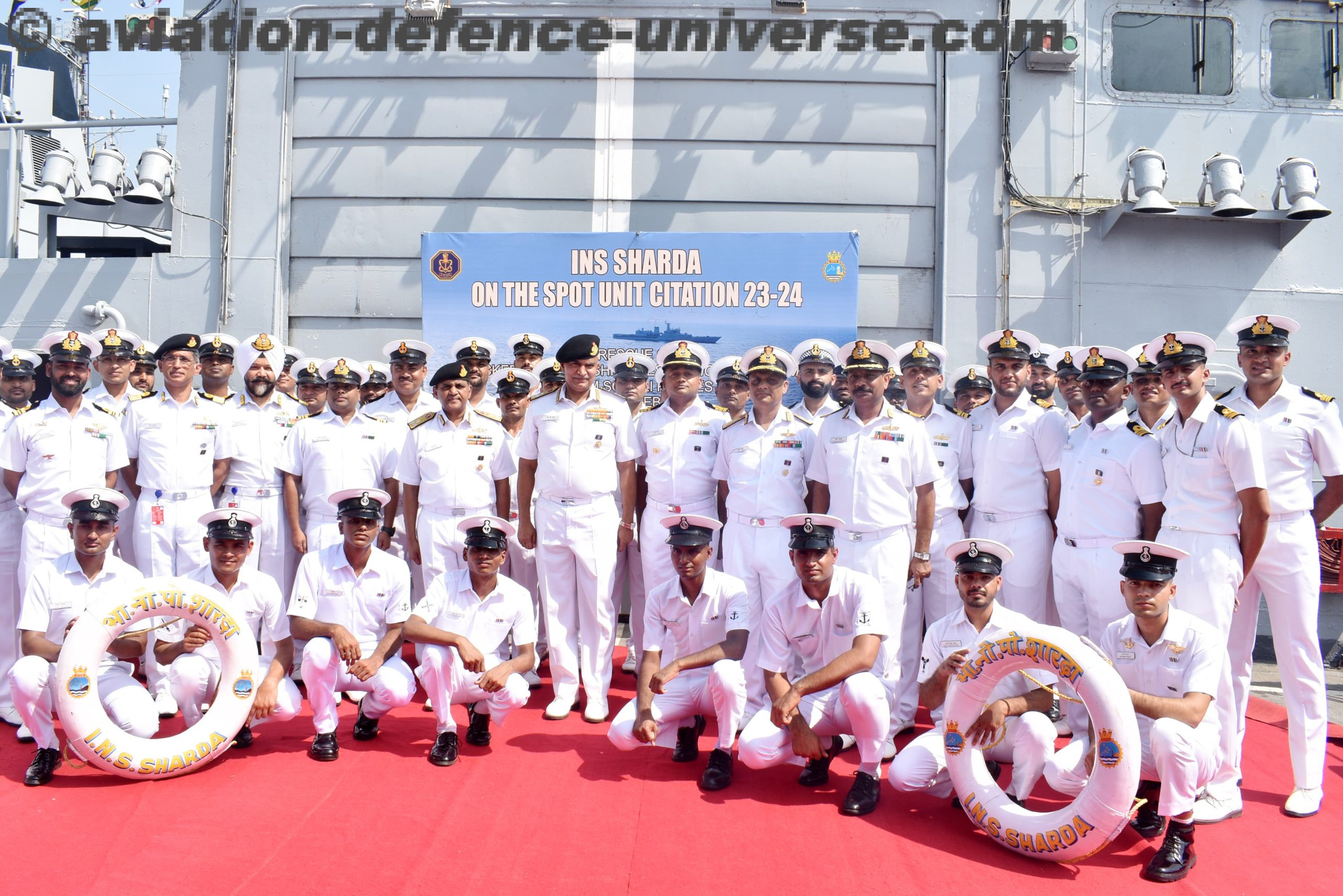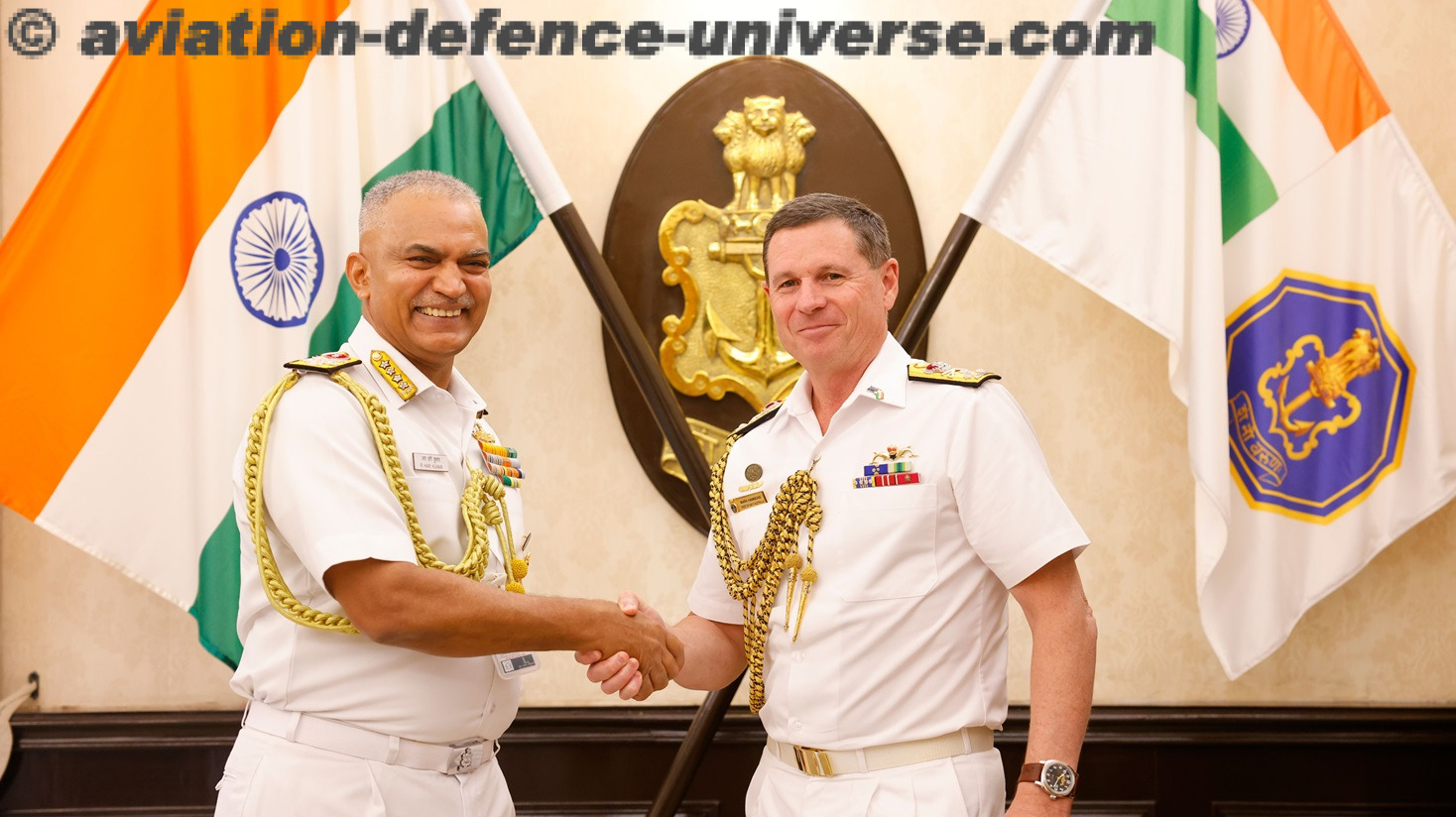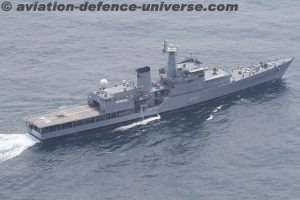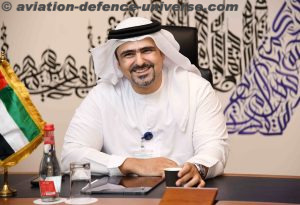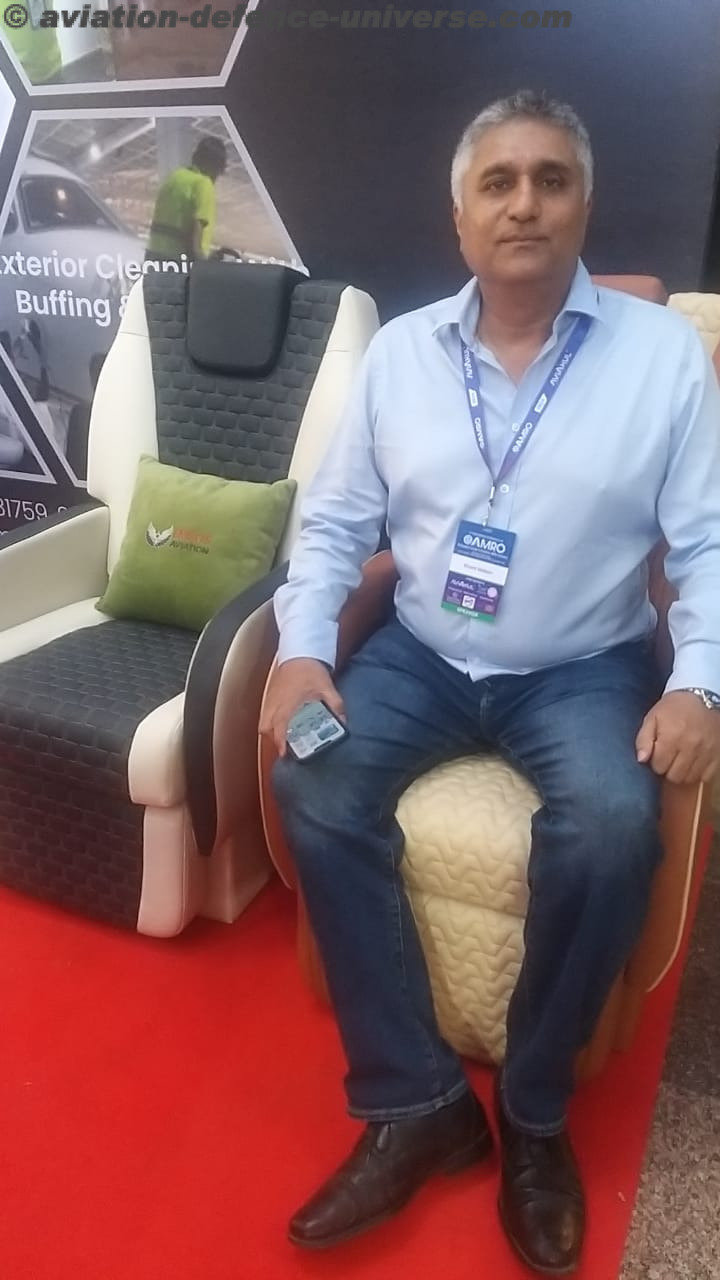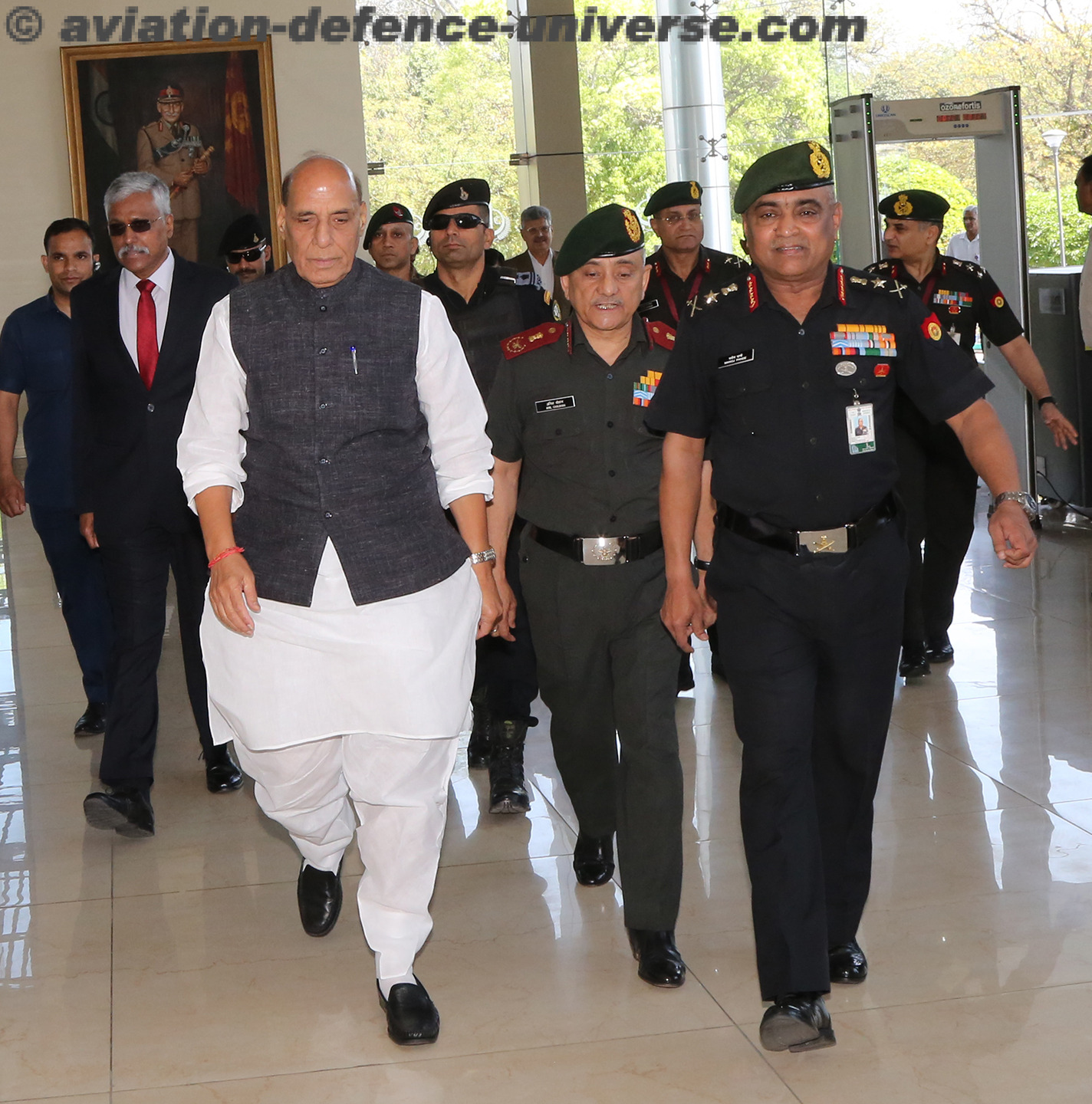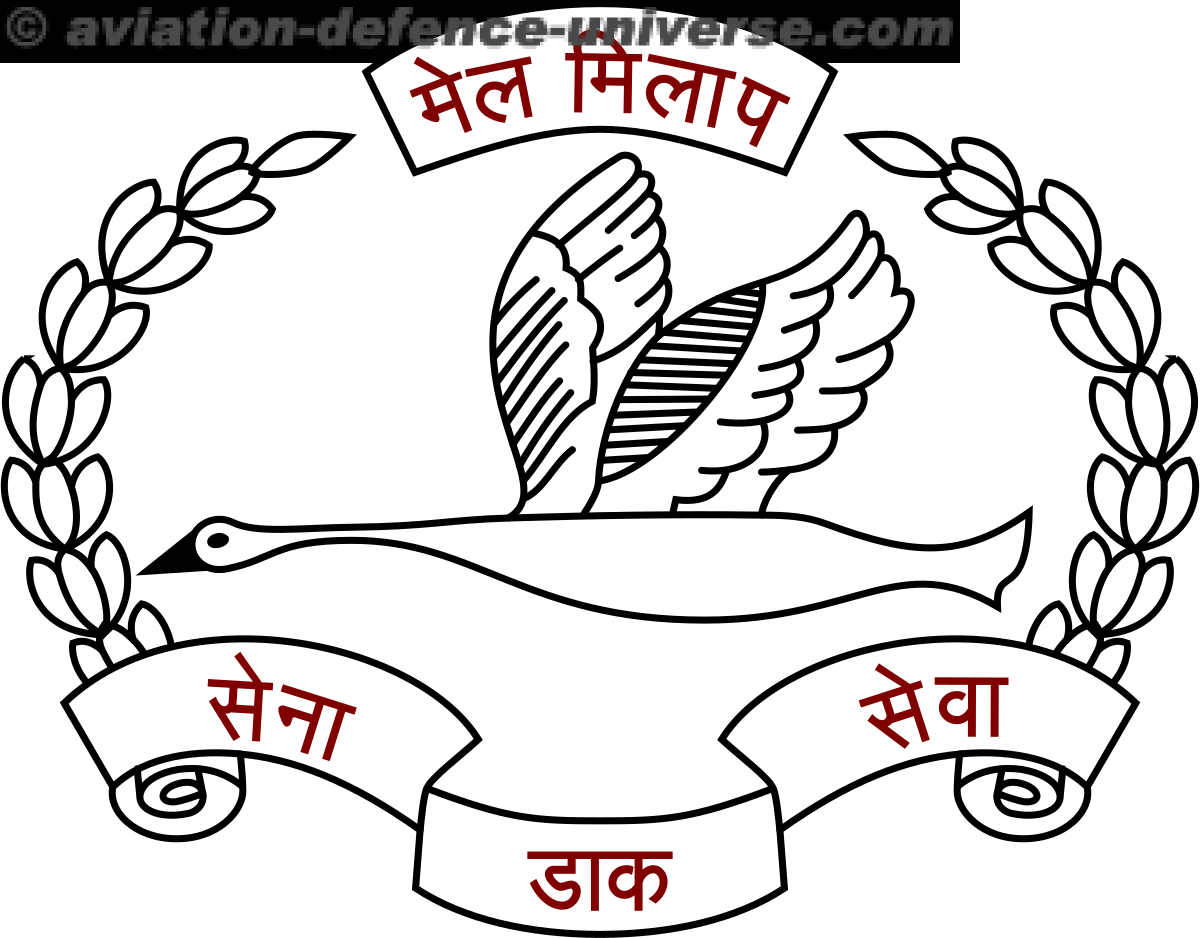MARS Orbiter Mission
India’s Mars Orbiter Spacecraft has successfully completed its mission objective as planned and has completed one year around Mars orbit on September 24, 2015. It was successfully placed into an elliptical orbit around planet Mars on September 24, 2014. The Mars Orbiter successfully came out of the solar conjunction (a phase of communication blackout) in July 2015 using the On-board autonomy built in the spacecraft. The Spacecraft is in good health and all the five scientific payloads are providing valuable data about the Mars surface features and Martian atmosphere. The images of Mars captured by the Mars Colour Camera have been found to be of very good quality. The increased duration of observation of Mars by five scientific payloads beyond the designed life of six months is enabling enhanced coverage of Mars in different seasons
By successfully placing Mars Orbiter Spacecraft around Mars, ISRO has become the fourth space agency to successfully send a spacecraft to Mars orbit and India became the first country in the world to do so in its first attempt. The mission has benefited the country by (i) upgrading the technological capabilities in spacecraft design including onboard autonomy, miniaturization, optimization of onboard resources (ii) providing excellent opportunities in planetary research for the scientific community and (iii) generating interest in youth of the country towards science and technology.
A book titled ‘From Fishing Hamlet to Red Planet’, India’s space Journey, with series of articles from luminaries from ISRO, was released on November 05, 2015, on the second anniversary of Mars Orbiter spacecraft launch.
Mars Orbiter Mission has been awarded “Space Pioneer Award” for science and engineering category for the year 2015 by the US based National Space Society. The Indira Gandhi Prize for Peace, Disarmament and Development has been awarded to ISRO in recognition of its path-breaking.
Successful launch of GSLV with Indigenous Cryogenic Stage
On Aug 27, 2015, Geo-Synchronous Satellite Launch Vehicle (GSLV-D6), equipped with the indigenous Cryogenic Upper Stage (CUS), successfully launched GSAT-6, the country’s advanced communication satellite, into a Geosynchronous Transfer Orbit (GTO). This was the second consecutively successful flight of GSLV with the indigenous CUS, which underscores the success of ISRO in mastering the highly complex cryogenic rocket propulsion technology. This launch also signifies a major step forward in achieving the self reliance in launching 2 ton class communication satellites into GTO.
Development of Next Generation Geo-Synchronous Satellite Launch Vehicle Mk III
The first experimental flight of heavy lift next generation launch vehicle, GSLV-Mk III, was successfully conducted on December 18, 2014 from Sriharikota. This flight has validated the complex atmospheric regime of flight and demonstrated the Integrity of design of GSLV Mk III.
During the experimental flight of GSLV Mk III, the unmanned Crew module Atmospheric Re-entry Experiment (CARE) has also been successfully tested for its re-entry performance. Crew module splashed down over Andaman Sea with the help of its parachutes and was recovered from the sea with the help of Indian Coast Guard , as per the mission plan.
Endurance hot test of High Thrust cryogenic engine (CE20) of GSLV-Mk III was successfully conducted on July 20, 2015. The test was conducted for 800 seconds as compared to its nominal burn duration of 635 seconds during flight. This engine will be used for powering the Cryogenic stage (C25) of GSLV Mk-III launch vehicle. Another short duration (5.7 s) hot test on the CE20 engine has been carried out on Aug 10, 2015 to demonstrate the successful engine ignition with tank pressure conditions as in flight.
GSLV Mk III is designed to launch 3.5 to 4 Ton class communication satellites to Geosynchronous Transfer Orbit.
Navigational Satellite System
Indian Regional Navigational Satellite System (IRNSS) is designed as a constellation of seven satellites to provide satellite based navigational services in the country. IRNSS-1D, the fourth satellite in this series was successfully launched on-board PSLV-C27 on March 28, 2015. The first two satellites viz. IRNSS 1A &1B were launched on-board PSLV earlier on July 01, 2013 and April 04, 2014 respectively.
GAGAN (GPS Aided GEO Augmented Navigation), which is primarily being used in aviation sector for precise position information services, has been certified by DGCA for Navigation Performance level of Approach with Vertical Guidance (APV-1) over India. With this, India becomes the Third country in the world, after USA and European Union, to offer Global Navigational Satellite System (GNSS) based precision approach services to civil aviation sector. The GAGAN System jointly developed by ISRO and AAI is a giant leap forward in the development of GNSS services in India and will redefine navigation in both aviation and non-aviation application areas.
Augmenting the Satellite Communications Infrastructure
GSAT-15, a 3 ton class communication satellite (carrying 24 Ku band transponders & GAGAN payload) has been successfully launched on November 11, 2015 at 3.04 hrs IST. GSAT-15 will further augment the INSAT/GSAT system capacity for DTH, TV broadcasting, Digital Satellite News Gathering and VSAT services and other societal benefits.
GSAT-6, the country’s Advanced Communication Satellite (carrying S-Band payload with 5 spot beams & C-Band Payload with one beam) was successfully launched on Aug 27, 2015 into a Geosynchronous Transfer Orbit. S-Band Unfurlable Antenna of 6 meter diameter was successfully deployed on August 30, 2015. The satellite has now been positioned in its designated orbital slot of 83 degree East longitude. GSAT-6 is intended to be used for satellite based mobile communications with hand held terminals for strategic applications.
India’s first Multi-Wavelength Observatory in Space
ASTROSAT satellite, India’s first dedicated astronomy satellite was successfully launched by PSLV-C30 on September 28, 2015. ASTROSAT enables simultaneous Ultraviolet to X-Ray observations to study Stars and Galaxies. It will also provide opportunity to task observations for the scientific community.
ASTROSAT is a unique mission with combination of scientific instruments covering near ultra-violet, far ultra-violet and x-ray bands for multi wavelength observations. The ultra-violet imaging telescope of ASTROSAT has a best resolution of 1.8 arc second combined with large field of view. ASTROSAT is a vital contribution of India to the Global research community in the area of Astronomy.
Commercial Launch of PSLV
India’s Polar Satellite Launch Vehicle has launched 17 foreign satellites from seven countries (Canada, Indonesia, Singapore, UK, and USA) during 2015 as given below:PSLV-C30, along with ASTROSAT has successfully launched six co-passenger satellites, 4 LEMUR Satellites (USA), Lapan-A2 (Indonesia) ; NLS-14 (Canada) on September 28, 2015. PSLV-C29 has successfully launched six satellites of Singapore. Of these six satellites, TeLEOS-1 is the primary satellite whereas the other five are co-passenger satellites which include two microsatellites (VELOX-CI, Kent Ridge-1) and three nano satellites (VELOX-II, Athenoxat-1, Galassia) With 17 foreign satellites successfully launched from India in 2015 the total tally of foreign satellites launched from India by IPSLV goes to 57.
National Meet on Promoting Space Technology based tools and Applications on Governance & Development
The one day National Meet on promoting Space Technology based tools and Applications on Governance & Development was organized on September 07, 2015 at Vigyan Bhavan, New Delhi to deliberate on the action plans of various Ministries/Departments. The National Meet received an overwhelming response with participation of more than 1200 delegates across 60 Central Ministries/Departments, 28 States and 5 Union Territories. Secretaries, Additional Secretaries, Joint Secretaries to Government of India, Chief Secretaries, Principal Secretaries of the States and senior functionaries of Central and State Governments, officials from Prime Minister Office & Cabinet Secretariat, young administrators (the fresh batch of 2013 IAS officers), experts from academia and institutions actively participated in this Meet. A Special Session was conducted in the presence of the Prime Minister Narendra Modi. In his remarks, the Prime Minister emphasized the need for new initiatives in all the areas of governance, using the space technology and applications. He asserted that technology is the most powerful medium that the Government has to utilize to ensure good governance, transparency and accountability.
Initiatives on Satellite for SAARC Region
ISRO/DOS, with active support from Ministry of External Affairs (MEA), hosted a Conference on “Satellite for the SAARC region and Space Technology Applications” on June 22, 2015 at New Delhi. The conference deliberated on configuration and ground Infrastructure requirements for the proposed ‘Satellite for the SAARC region’ as well as other space technology applications. Representatives from all SAARC member countries participated.
Bhuvan Geoportal
It is providing seamless high resolution remote sensing data (1m to 2.5m) for visualization, terrain data and thematic layer overlays of Indian region along with host of services in the areas of disaster, weather, land and ocean for general public. It has about 51,000 registered users and has served more than 2.8 lakhs downloads.
On 12th August 2015, the Union Minister of State (Independent Charge) Development of North-Eastern Region (DoNER), MoS PMO, Personnel, Public Grievances & Pensions, Atomic Energy and Space, Dr. Jitendra Singh, released New services of Bhuvan. The new application services include – 1 m images of over 300 Cities of the country and host of visualization applications for common man.
Data Connectivity to Rural India
DOS/ISRO has fast-tracked the realization and launch of GSAT-11 communication satellite. GSAT-11 is an advanced communication satellite with Ku and Ka Band communication payload capable of providing upto 10 Gbps throughput. With such capacity, this satellite is expected to provide high bandwidth data connectivity for rural India as envisaged under Digital India. Satellite structure is already realized and payload fabrication is in progress. Initiatives have been taken to accelerate the development and realization of other critical subsystems of thesatellite. The satellite is targeted for launch in the year 2017.







